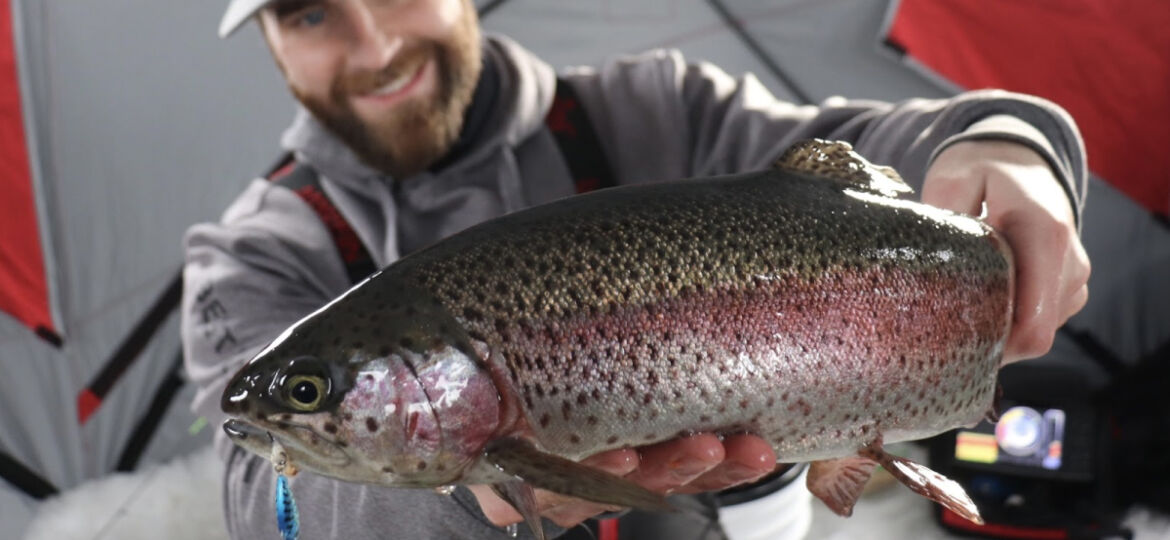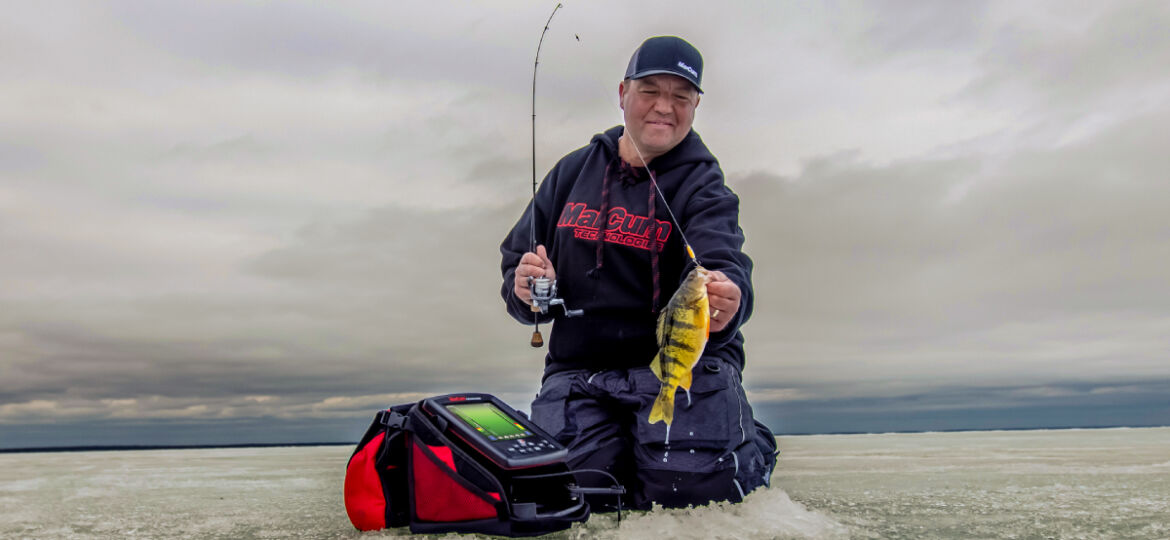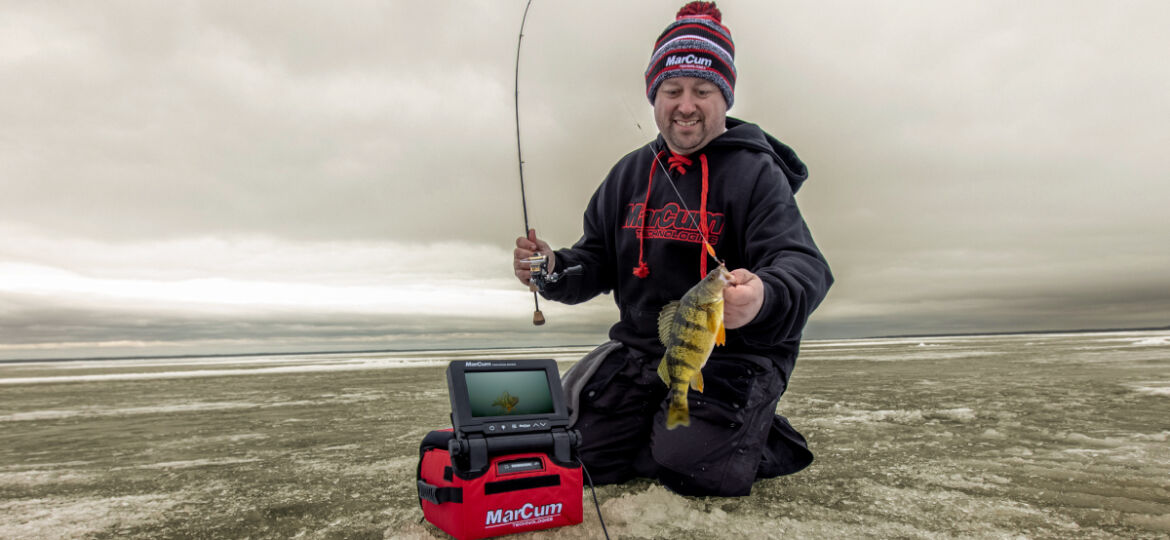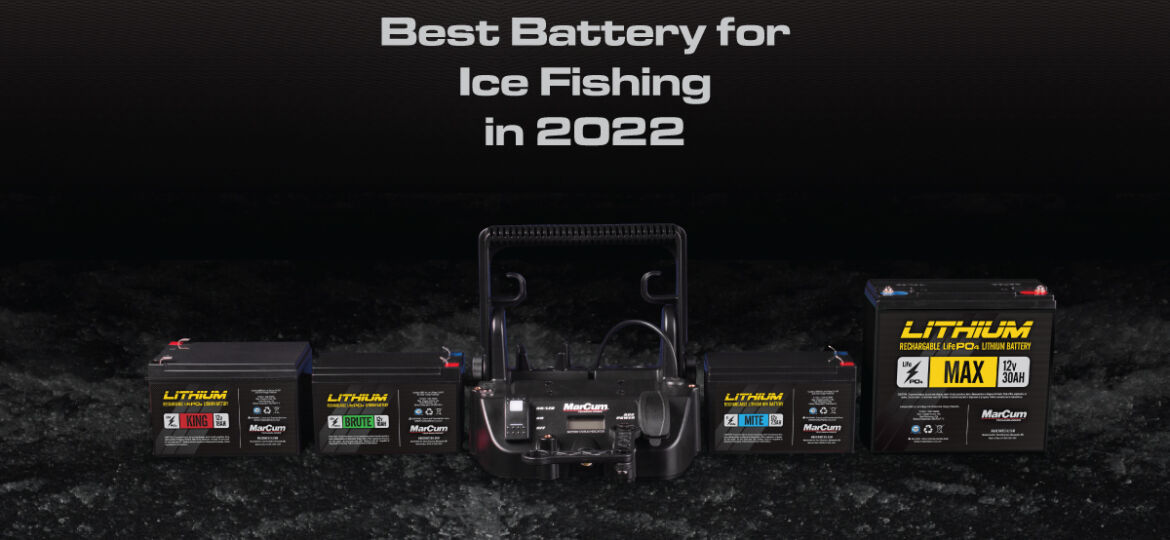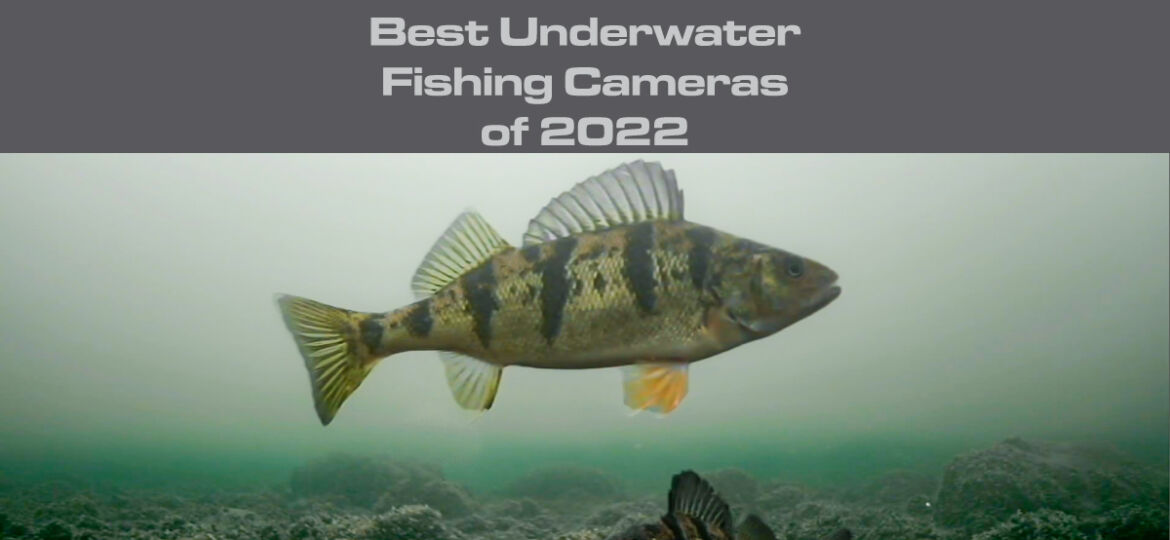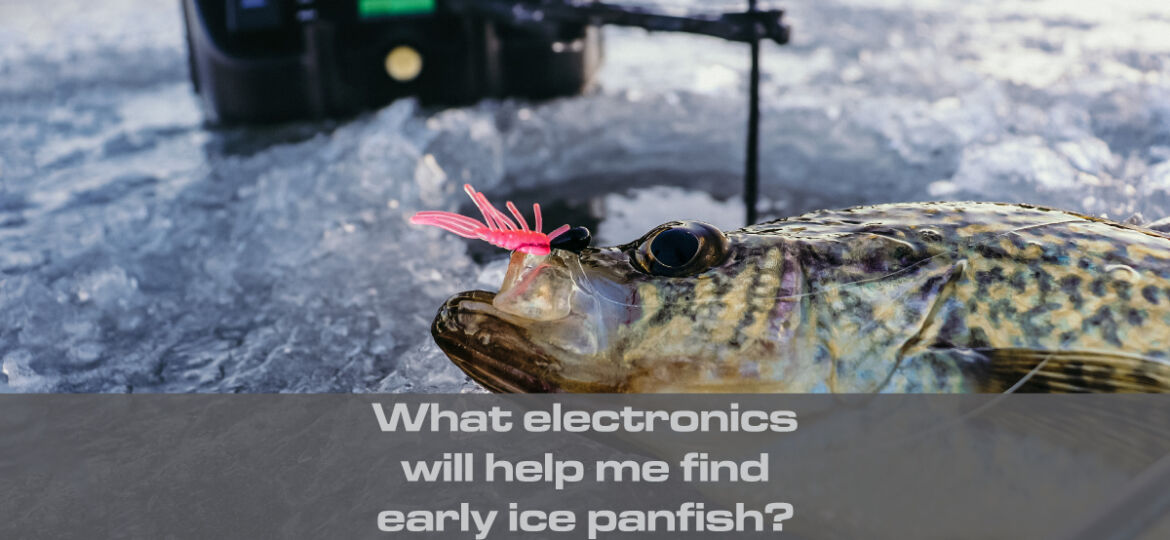There is no doubt that underwater cameras have had a huge impact on the growth of ice fishing. With a stable platform of ice to set up on, a camera is a perfect tool to be able to peer into the underwater world below. There is nothing better than being able to literally watch fish behavior and watch the fish strike your presentation. There is so much to learn from this simple viewpoint that children to veteran ice anglers get mesmerized while watching the screen.
Some of the more neglected targets during the ice season are stream trout species – rainbow trout, brook trout, and brown trout more specifically. Countless states across the Ice Belt spend significant amounts of time and resources to ensure there are catchable trout opportunities available to many anglers.
Preparation, location and presentation all play a role in success for winter stream trout.
Tony Roach is no stranger to that game, as he fishes across northern Minnesota each winter, doing his best to put clients continuously on panfish, perch, and walleyes. It should come as no surprise then that underwater viewing systems are a key part of his strategy, and have been since their inception.
His camera and digital sonar approach mimics his now-famous “ice-trolling” concept of roaming select structural elements while drilling holes continuously, in an effort to both locate fish and stay on them. Few have drilled as many holes in the hardwater as Tony, and fewer yet have followed that up with as much underwater viewing as he has either.
The upshot is a 1-2 punch of underwater viewing and sonar that focuses on two main parts; the finding, and then catching, each of which utilizes different strong-suits of cameras and traditional sonar.
There is just something about seeing it happen with your own eyes. Imagine a jumbo perch roaming through a weed bed in search for an easy meal with its eyes going to and fro looking for its victim. They casually swim the edge of the cover until they catch a glimpse of the bait hovering just above the top of the weeds. Because you are fishing amongst the weeds, underwater cameras simply give you the best opportunity to be successful. Flashers and depth finders will often pick up the weeds making it hard to see fish and your bait. Underwater cameras allow you to see where the fish are and where your bait is.
It’s midwinter. Lakes are locked up with a solid layer of ice. Shanty towns dot the landscape – filled with anglers that are willing to trade long rods for those of a shorter variety. Panfish – crappies in particular – are some of the most targeted species throughout the hard water season. Knowing how to find them and which tools to use will ultimately make for a more successful day on the ice.
From the day you get your first flasher, the ice-fishing universe is forever changed. Ice anglers go from simply guessing at bites and what may or may not have been a fish, to tracking them throughout the water column. Not only can you use it to find fish and track how they respond to your bait, but you can also use it to find active fish before a line is even wetted. At one time, it was considered somewhat odd; almost a novelty. Now, ice-fishing electronics are a multi-million dollar category, and the thought of fishing without one seems pointless.
about the details of each as your power source may be the most notable piece of ice fishing gear you purchase this season. Whether looking to re-power, or upgrade your ice fishing fish finder to a better, longer-lasting, or lighter lithium battery, this article will lead you through the key components to making a good choice.
Since MarCum released its first underwater video camera with a monitor for fishing, an entire generation of anglers has benefitted from eyes below the lake surface. Their world has been forever changed because of it, from the way modern ice anglers fish to the equipment they use, underwater viewing has shaped the evolution of the sport. These MarCum underwater cameras can be used for ice fishing, freshwater, and saltwater fishing, and while the systems themselves have also evolved through the years, the one thing that remains consistent over time is the amount of information anglers glean when seeing underwater for the first time.
Since introducing cutting edge sonar technology to mechanical flashers nearly 20 years ago, MarCum has sought to build the best sonar on-ice, bar-none. Recent advances saw MarCum bringing the first digital sonar to the market, giving anglers a host of ample options when hitting the ice this winter. Read on to gain a better understanding of your options, and ultimately decide which is best for your style of fishing.
One of the most common questions heard from new ice anglers relates to electronics – “Which is better – an underwater camera or a flasher/sonar?” The short answer is that it really depends.
The long answer is that there are certain situations that each unit type excels in. Depth, water clarity, habitat, and fishing style greatly impact which unit is right for a specific set of circumstances. In a perfect world, an ice angler should have both. This is particularly apparent for anglers that target panfish during the winter months.



